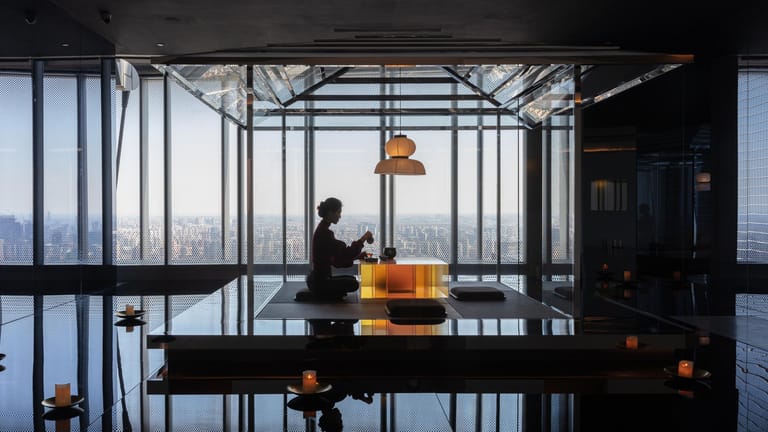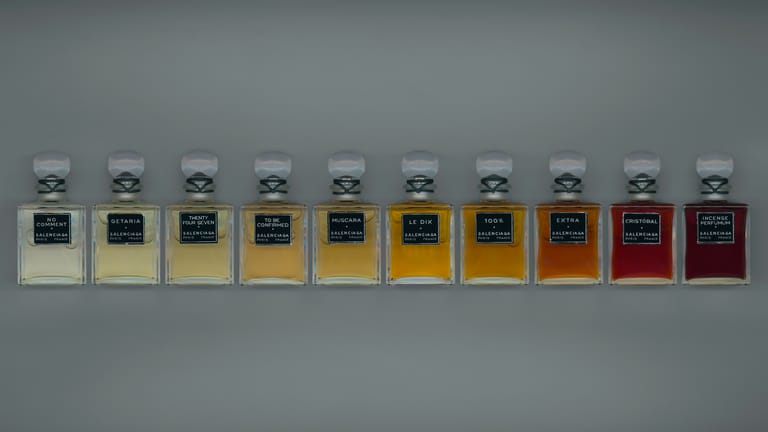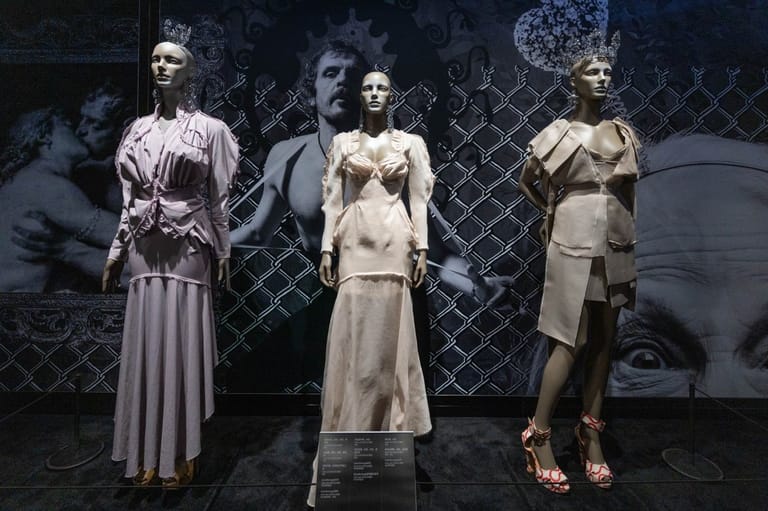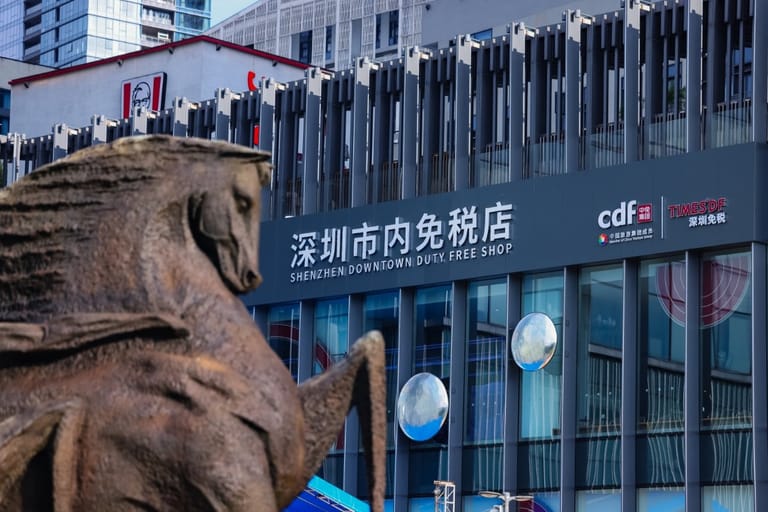Zara’s Nanjing Flagship: A Statement on the Future of Phygital Retail in China
By
Wenzhuo Wu

Published on
March 20, 2025

Jingzhi Curates is your daily compass for navigating the dynamic intersections of business, culture, and society. Each installment distills the day’s most pressing issues into thoughtful, actionable insights—perfect for leaders, innovators, and the intellectually curious. Whether a game-changing shift in global markets, a breakthrough in AI, or a cultural trend redefining consumer behavior, Jingzhi Curates delivers clarity in complexity.
On March 20, Zara unveiled its latest flagship store in Nanjing’s Xinjiekou Commercial Street, a historic yet modern retail hub that has long been at the heart of the city’s commerce. More than just another store opening, this move signals a strategic recalibration of Zara’s physical retail strategy in China—a market where e-commerce dominance has led many to question the future of offline retail.
Reinventing Phsical Retail for the Digital Age
Despite the rapid digitization of retail, Zara’s Nanjing flagship demonstrates that the in-person shopping experience still holds immense value. The two-storey, 2,500-square-meter space introduces several industry-first innovations, including Asia’s inaugural Zacaffè, an automated clothing transportation system, and the globally debuting Zara Salon for exclusive collections and styling services. The integration of self-service vending machines, a Fit Check photo booth, and advanced checkout areas further enhances customer convenience, proving that physical stores can evolve to complement, rather than compete with, online retail.

By seamlessly merging digital and physical touchpoints—allowing customers to locate in-store items via an online platform or place orders for in-store pickup within two hours—Zara is setting a new benchmark for omnichannel retail. This hybrid approach aligns with Inditex’s broader strategy to modernize stores while deepening their digital capabilities, ensuring that customers enjoy both the efficiency of online shopping and the immersive experience of in-person retail.
More Than Just a Storefront
Zara’s Nanjing flagship is not just about retail—it is an architectural and cultural statement. The design incorporates reclaimed bricks sourced from old buildings, echoing the city’s historical roots while maintaining the brand’s modern aesthetic. The localized approach is particularly relevant in China, where consumer appreciation for heritage and craftsmanship continues to rise.

Furthermore, by choosing Xinjiekou—a district synonymous with both legacy and reinvention—Zara strengthens its positioning in a key commercial landmark. Home to Deji Plaza, the top-performing luxury mall in China in 2024, Xinjiekou stands as a testament to Nanjing’s purchasing power and the district’s strong appeal. This strategic move underscores the importance of location in an era where phsical retail must offer more than just products; it must provide an experience that resonates with local identity and culture.
Inditex’s investment in its flagship model, particularly in a market as competitive as China, challenges the prevailing narrative that fast fashion is losing ground to premium and local brands. Instead, it reflects the brand’s commitment to elevating its image and enhancing customer experience, a trend increasingly evident in the industry.
As international retailers recalibrate their China strategies, Zara’s Nanjing flagship sets a precedent for the future of phygital retail—one that blends technological innovation, cultural relevance, and experiential engagement. The opening of this store will serve as a blueprint for Zara’s expansion or renovation efforts in other major Chinese cities, reaffirming that in a digital-first world, physical retail is far from obsolete—it’s just evolving.












